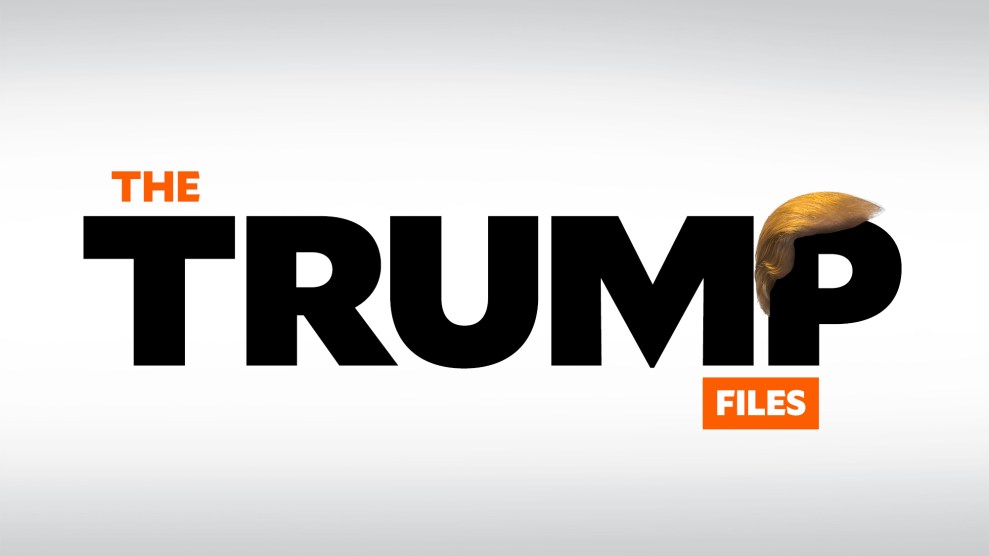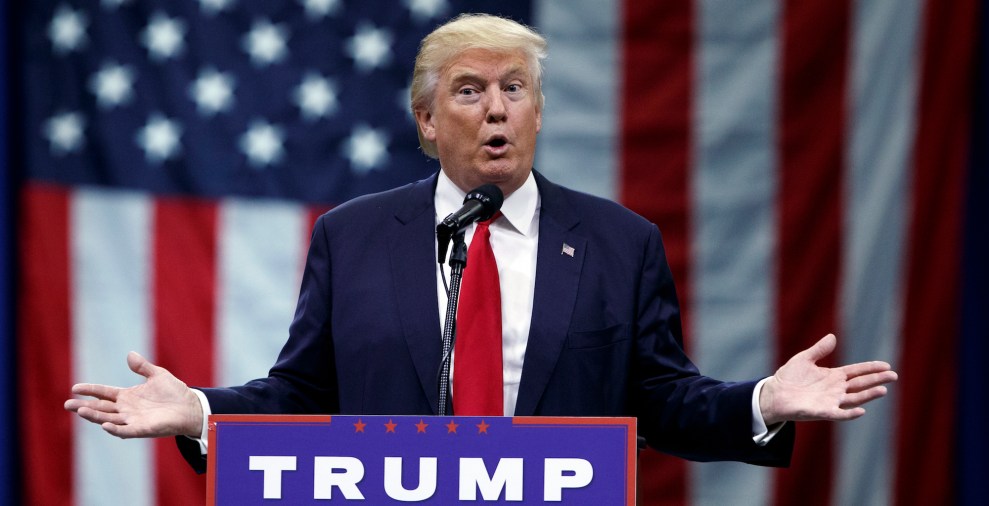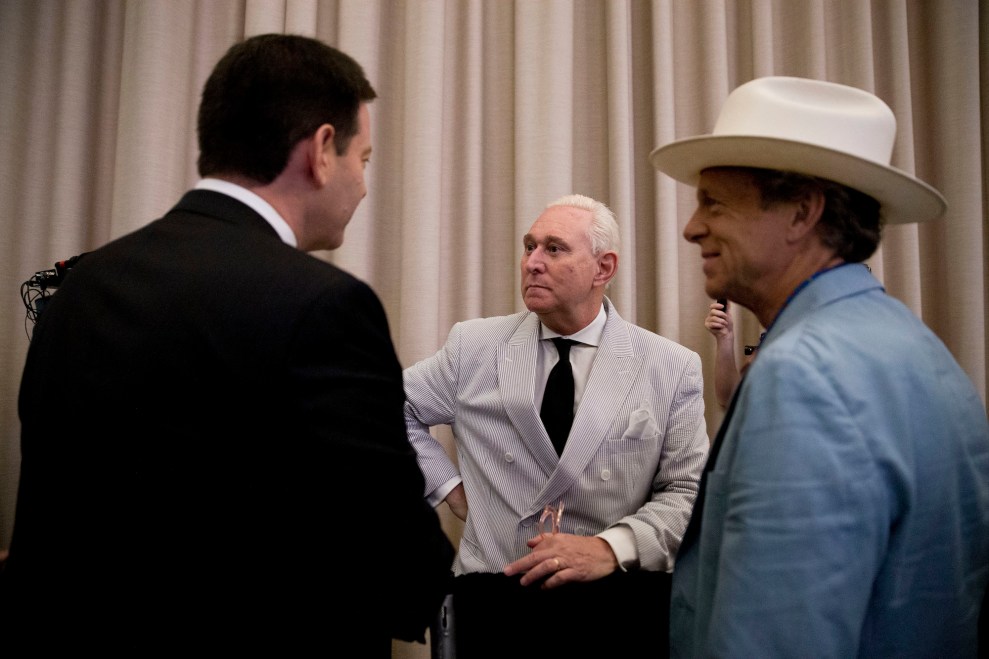
Ivylise Simones
Until the election, we’re bringing you “The Trump Files,” a daily dose of telling episodes, strange-but-true stories, or curious scenes from the life of GOP nominee Donald Trump.
When Donald Trump rebuilt Central Park’s Wollman Rink in 1986, he dazzled New York City’s leaders with his quick and efficient work. Mayor Ed Koch, who constantly feuded with Trump during his time in office, heaped praise on the billionaire, and Parks Commissioner Henry Stern planned a more lasting tribute. “We’re going to plant a Trump tree,” he proclaimed.
Sadly, the gesture only disappointed Trump. According to Stern, Trump wanted the rink renamed after him. And when the city offered the Japanese pine tree instead, it didn’t live up to Trump’s lofty standards. The Washington Post described Trump’s reaction when he went out to inspect the tree:
Donald Trump took one look at city workers planting a 10-foot-tall tree in his honor in Central Park and urged them to deliver a message to City Hall.
Tell the mayor, a worker recalled Trump snarling in so many indelicate words, that he could shove that tree into a part of his anatomy otherwise unaccustomed to harboring vegetation.
The problem? The tree was too small. Trump wanted “something more like the tree at Rockefeller Center,” Stern told the Post. In The Art of the Deal, Trump’s 1987 bestseller, he called the Trump Tree one of “the ugliest, scrawniest little trees you’re ever likely to see.”
“He was upset when he saw it,” Stern said. “He thought he was being teased, but it wasn’t so. It was a perfectly respectable tree.” According to the Post, the tree still stands next to Wollman Rink—unmarked.














